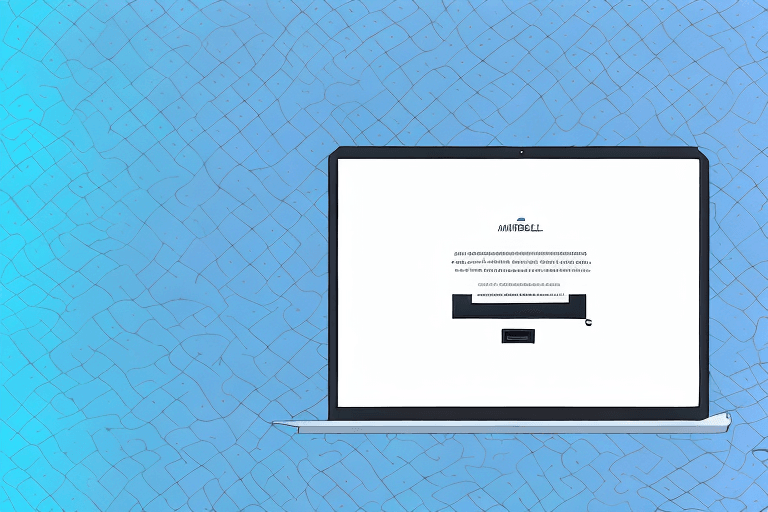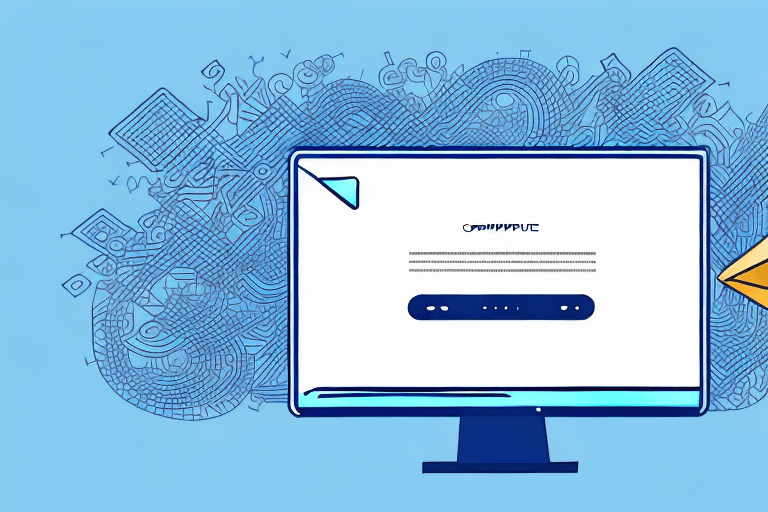As a graduate student, your email signature is an essential component of your professional image. It provides a brief but informative glimpse into who you are and why you matter in the academic world, and it can either make or break your first impression with potential employers, colleagues, and mentors. To ensure that your email signature is effective in portraying your brand and identity, and that it makes you stand out in the sea of email communication, you need to understand the importance of a professional email signature.
Understanding the Importance of a Professional Email Signature
The first thing to note is that email signatures are not just a formality or a functional add-on to your emails - they are a powerful tool for establishing your credibility, conveying your professionalism and personality, and making yourself memorable. Your email signature can showcase your qualifications, interests, and ambitions, and help you connect with like-minded individuals or organizations. More importantly, it can demonstrate your attention to detail, your communication skills, and your commitment to excellence - all traits that graduate students should strive to embody.
First Impressions Matter
Imagine that you received an email from a potential advisor, and the signature line is messy, incomplete, or outdated. Would you be more or less likely to take that person seriously, respond promptly, or click on their website link or social media profile? The answer is obvious. Your email signature is, in fact, one of the first things people read when they receive your email, and it can influence their perception of you and your email content. Therefore, you want to make sure that you make a positive, lasting impression with your signature.
Establishing Your Brand and Identity
One of the goals of your email signature is to create a consistent, recognizable brand and identity for yourself as a graduate student. This means that you need to think carefully about what information you want to include and how you want to present it. You may want to highlight your academic achievements, research interests, or community involvement, or you may want to showcase your personality, interests, or hobbies. Whatever you choose, make sure that it aligns with your overarching professional goals and values, and that it resonates with your target audience.
Networking Opportunities
Your email signature can also serve as a networking tool that opens up opportunities for collaborations, mentorships, or job prospects. By including your contact information, social media links, and professional website, you are inviting others to learn more about you and engage with you beyond the email exchange. You may also want to include a call-to-action that invites readers to connect with you or learn more about your work, such as "Let's collaborate on a research project" or "Check out my latest publication in X journal". By being proactive and inviting, you increase your chances of building meaningful professional relationships.
Essential Elements of a Graduate Student Email Signature
Now that you appreciate why email signatures matter, let's dive into what elements you should include to make your signature stand out and be effective. While there is no one-size-fits-all formula for a perfect email signature, there are some essential components that every graduate student should consider.
Full Name and Degree
Your name is the most important part of your email signature, as it anchors your identity and provides context for your email. Make sure that it is spelled correctly, and that you use your full name, not just your nickname or initials. Additionally, you may want to include your academic degrees or titles, such as "PhD candidate in Psychology" or "Master of Public Health". This signals your expertise and specialization, and also helps differentiate you from others with similar names.
University Affiliation and Department
Your university affiliation and department are also important to include, as they indicate your institutional affiliation and academic home. You may want to use your university logo or colors, if allowed, to reinforce your brand and institutional identity. If you belong to multiple universities or programs, choose the one that is most relevant to your current email context, or list them in order of importance.
Contact Information
Contact information is arguably the most functional aspect of your email signature, as it enables others to contact you directly and efficiently. You should include at least one way for people to reach you, such as your email address, phone number, or office location. If you prefer one mode of communication over another, indicate it explicitly, such as "I respond fastest to email". If you have a professional email signature generator or software, you may want to consider adding your calendar availability or appointment link, so that people can schedule meetings with you seamlessly.
Social Media and Professional Website Links
Social media and professional website links are optional but relevant components of your email signature, as they allow others to learn more about you and your work beyond the boundaries of your email message. You may want to include links to your LinkedIn profile, Twitter handle, or academic website, depending on what platforms best represent your professional persona and network. Make sure that you review your social media accounts and websites regularly, though, to ensure that your content and tone are consistent with your professional goals.
Disclaimer (if applicable)
If you work in a regulated industry or have legal or ethical considerations to keep in mind, you may want to include a disclaimer in your email signature that acknowledges your responsibilities and the limitations of your communication. For instance, if you are a health professional, you may want to include a statement that says "This email is not intended to provide medical advice and should not replace a consultation with a licensed physician". Similarly, if you are a lawyer, you may want to include a confidentiality statement or a warning that the email may be subject to tracking or interception. Consult with your mentor or advisor to determine whether or not a disclaimer is necessary for your field or context.
Designing Your Email Signature
Now that you know what information to include in your email signature, let's talk about how to design it effectively. A well-designed email signature should be visually appealing, readable, and concise, and should convey your brand and identity in a professional yet creative way.
Choosing the Right Font and Size
The font and size of your email signature play a crucial role in its readability and aesthetics. You want to choose a font that is legible and consistent with your branding style, such as Times New Roman, Arial, or Calibri. You also want to ensure that the font size is no smaller than 10pt, and no larger than 16pt, depending on the length of your signature and the density of the text. A good rule of thumb is to use a font size that is similar to the body text of your email, and to avoid using too many fonts or colors, as they can distract from your message.
Organizing Information Effectively
Another key aspect of designing your email signature is to organize the information in a logical and visually pleasing way. You want to avoid clutter and confusion, and ensure that the most important elements are highlighted and easy to find. One way to do this is to separate the different components of your signature with vertical bars, bullet points, or white space. You can also align the text to the left, center, or right, depending on your preference and the length of your signature. Finally, you can experiment with the order of your components, depending on what you want to emphasize in a specific email context.
Utilizing Color and Visual Elements Wisely
Color and visual elements can add a personal touch to your email signature and make it more memorable, but they should be used sparingly and intentionally. You may want to use your university colors or logo to reinforce your affiliation, or use a professional headshot or icon to showcase your personality. However, you should avoid using too many colors, flashy graphics, or animated gifs, as they can distract from your message and appear unprofessional. Moreover, you should ensure that your email signature is compatible with different email clients and mobile devices, and that it is not too large or complex to load.
Ensuring Mobile-Friendliness
Last but not least, you should ensure that your email signature is mobile-friendly, as more and more people use their smartphones and tablets to read and respond to emails. This means that your signature should be optimized for smaller screens, use simple and scalable fonts and icons, and avoid images or codes that may not load properly. You can also test your email signature on different mobile devices or email clients, to ensure that it appears consistent and professional.
Conclusion
In conclusion, creating the perfect graduate student email signature is not a trivial task, but it is a critical one for establishing your professional image and making yourself stand out in the academic world. By understanding the importance of a professional, personalized email signature, and by incorporating the essential elements of a graduate student email signature, you can communicate your expertise, interests, and ambitions effectively and efficiently. Moreover, by designing your email signature thoughtfully, you can showcase your attention to detail, communication skills, and commitment to excellence, and make a lasting impression on your audience.




